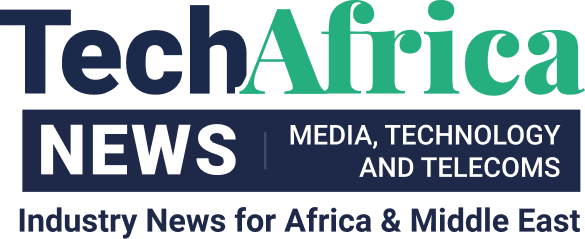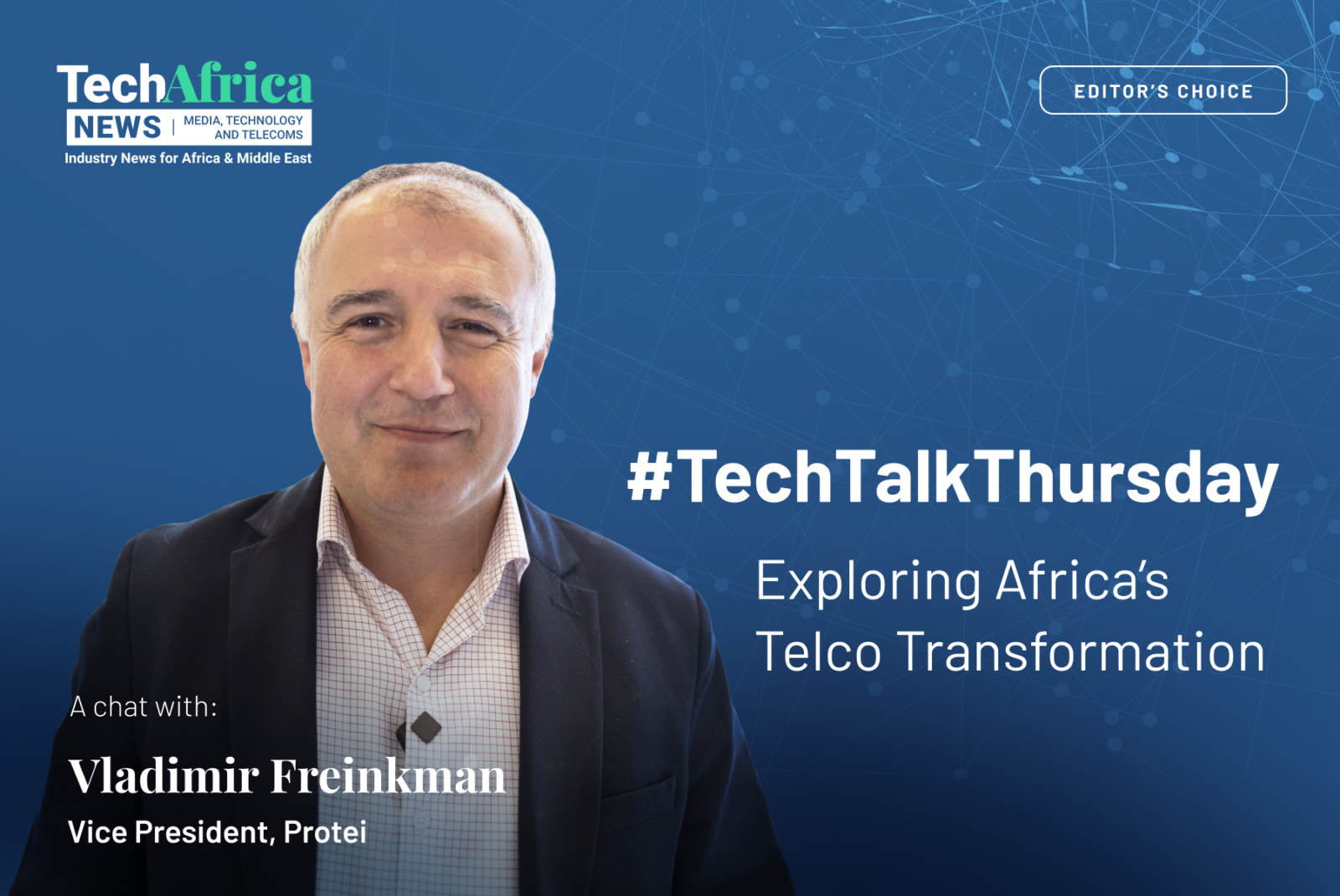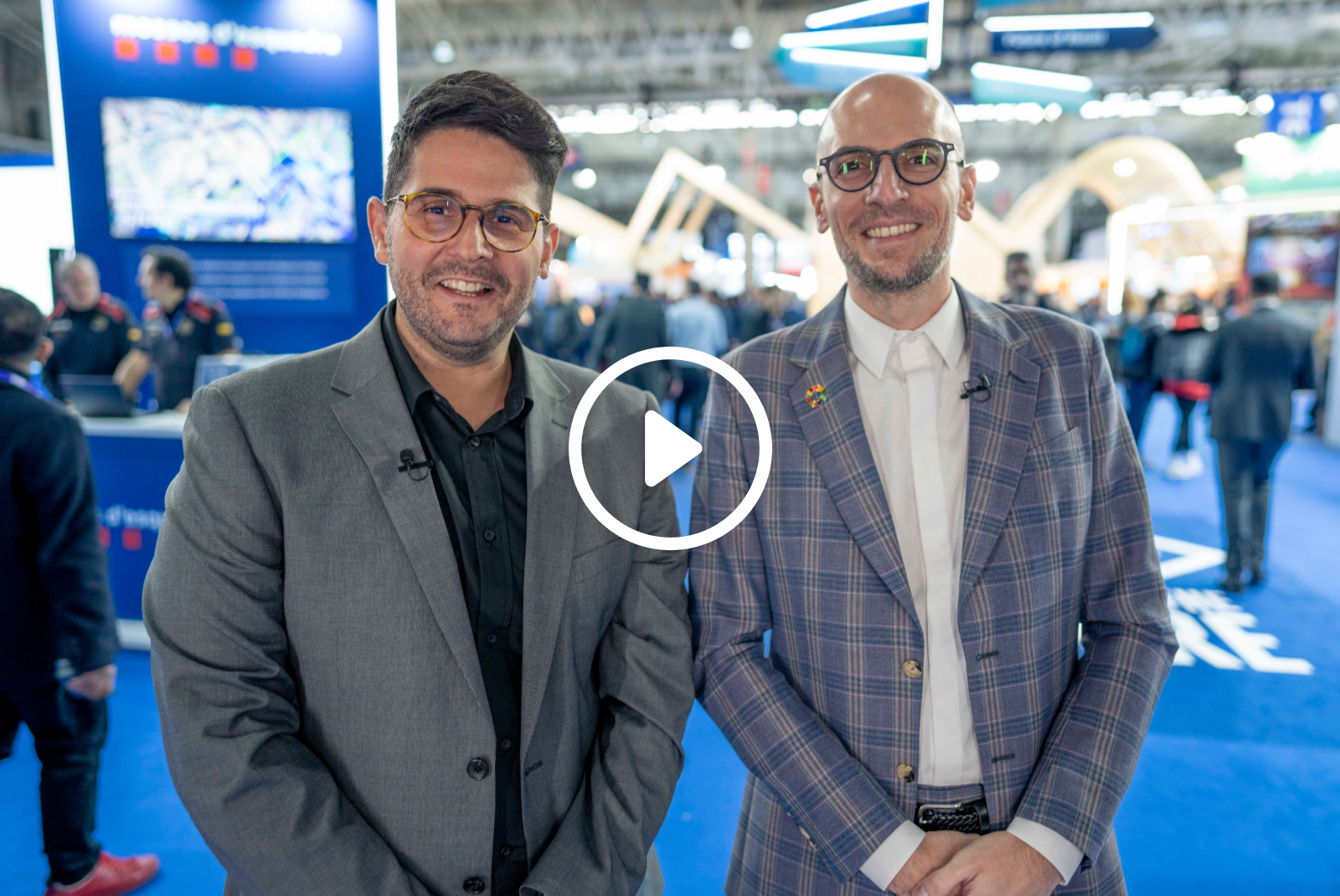Africa is undergoing a rapid digital transformation, and at the heart of this journey lies connectivity. Digital transformation, the process of leveraging technology to fundamentally change how we live, work, and interact, hinges on the ability to connect and exchange information. This is where telecommunication infrastructure comes in, acting as the vital channel that makes connectivity a reality.
To gain a privileged perspective on this exciting journey, I sat down with Vladimir Freinkman, the VP of Protei, a leading provider of telecom solutions in Africa.
Protei offers a wide range of products and services for Mobile Network Operators (MNOs), Mobile Virtual Network Operators (MVNOs), and beyond. Their solutions include core network infrastructure, roaming services, messaging platforms, Value-Added Services (VAS), and customer service solutions. With over 400 clients in more than 35 countries, Protei caters to over 300 million subscribers globally, boasting a reputation for reliability, scalability, flexibility, and adaptability.
This interview specifically focuses on Protei’s work in Africa. We explore how their expertise is assisting African telecom operators in navigating the complexities of network modernization. We’ll discuss how Protei ensures compatibility with existing infrastructure, and their strategies for making network upgrades smooth and efficient, and generally explore how Protei is shaping the future of Africa’s telecommunication industry in 2024.

What role do you see Protei playing in the broader context of Africa’s digital transformation journey, not only in the telco industry but beyond in 2024?
We live in the age of new technologies which develop exponentially. The emphasis is now more and more shifting to data services on faster speeds, better KPIs, increasing automation, etc. Mobile communication dramatically shifted from let’s say ‘luxury accessory’ to a commodity service in less than 25 years. Nowadays the interest in wireless networks is shifting from telecom operators to industries.
PROTEI is trying to be on the edge of this digital transformation journey, especially in the African continent, where communities and industries are hurry to develop and welcome all players who may encourage competition and affordably bring new knowledge and technologies.
Vladimir Freinkman, VP, Protei
Reflecting on your past experiences, what lessons has Protei learned that are shaping its approach to innovation in 2024?
PROTEI always strives to offer solutions that best meet the needs of modern society and are based on proven technologies. Services aimed at industrial consumers are strongly depending on the industry itself and the expected automation/digitalization level. For some industries reliable low-latency communication (URLLC) and the ability to serve a large number of devices (mass IoT) is a must; for such cases, 5G SA looks the most relevant technology.
At the same time for many other cases such as mining for example, the most important thing is the ability to manage the quality and parameters of the provided service, as well as security and reliable isolation of own infrastructure; for such cases properly designed 4G or 5G NSA would be the most optimal and cost-efficient solution. Thus, the telco vendor willing to be successful today is to have an up-to-date product portfolio but shouldn’t be stuck in trends & fashion only but propose the most relevant solution to each separate customer.
Also, we see that operators need to build new skills ahead of the mass migration of subscribers to fifth-generation networks and transform their sales and support strategy to target new types of enterprise customers. Not to mention dealing with financing issues to cover the significant investment in building a completely new core.
In terms of network modernization, what strategies is Protei employing to assist African telecom operators in keeping pace with technological advancements?
For a telecom operator digital transformation presents a dilemma, as the service expectations for B2B and B2C markets are quite different. For the B2C segment (human subscribers), mass content consumption services are the key. From the point of view of network modernization, it requires the operator to pay attention to the development of a telco-cloud, virtualization of EPC/Packet core (for better scaling), and investment in the radio and a transport network to support required capacities and throughput.
At the same time, services oriented to industrial consumers require slightly different functionality, as mentioned above. So, PROTEI is trying to follow the strategy to help telecom operators maintain a balance: to support the existing architecture and default services by offering solutions for roaming, messaging, voice, and data traffic management, and at the same time to develop the market of industrial customers with their private corporate networks.
How does Protei ensure interoperability and compatibility of its solutions with existing network infrastructure during upgrades and modernization efforts?
The question is quite natural, given the fact that attempts to build fifth-generation networks using solutions from different developers cause certain difficulties, including a seemingly simple scenario of integrating radio subsystems from different manufacturers. For PROTEI issue of compatibility and interoperability has always been addressed at the system development stage. Strict compliance with international standards and recommendations, as well as extensive experience over 20 years, help to overcome these challenges. PROTEI uses its own protocol stacks that give us the unique ability to adjust every parameter when required.

Building on our previous discussions about industry automation, what are the key considerations for companies looking to deploy private 5G networks, and how is Protei addressing these concerns?
According to international statistics in total more than 220 commercial 5G networks have been launched as of the end of last year. However, most of these are 5G NSA network launches, which build on the core of the previous 4G generation and are thus an extension of LTE rather than a new architecture. That leads us to understand that currently for industry automation telcos are considering the pros and cons of new core construction and tend to follow a smooth, unhurried development of networks based on a Non-standalone (5G NSA) approach. Thus, as I’ve mentioned above in this interview, the key point is to identify the list of services first and based on that pick the most relevant private network architecture
In light of the rapidly evolving nature of the telecom industry, what message would you like to convey to your customers and partners in 2024?
In our opinion, since digitalization of the economy and industry is one of the most important tasks for ensuring economic growth and increasing the competitiveness of the state, and new-generation technologies make it possible to do this as efficiently as possible, the development of new generation networks, primarily in the interests of industrial consumers, is one of the key tasks of telecommunications development. And for sure competition is a must to be competitive. We would wish our potential customers not to be afraid of new vendors and technologies.
The Message is Clear
Freinkman’s message to African nations is clear: Don’t be afraid to explore new partnerships and solutions. Innovation and Collaboration are key to unlocking Africa’s full digital potential.
As Africa’s digital transformation continues to unfold, Stay tuned with TechAfrica News for further updates and insider details on all things telcos, broadcast, satellite, and technology as we continue to explore the ever-evolving digital landscape of Africa. We’ll bring you insights from industry leaders, analysis of the latest trends, and stories about how technology is shaping the future of the continent.











